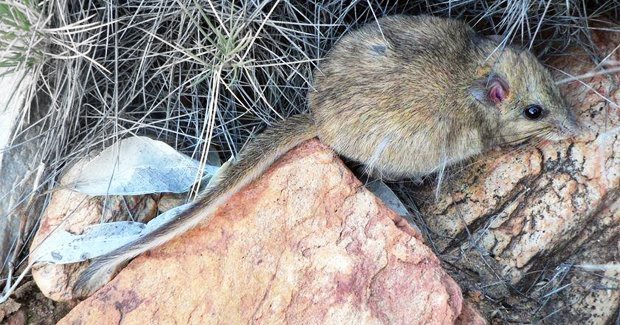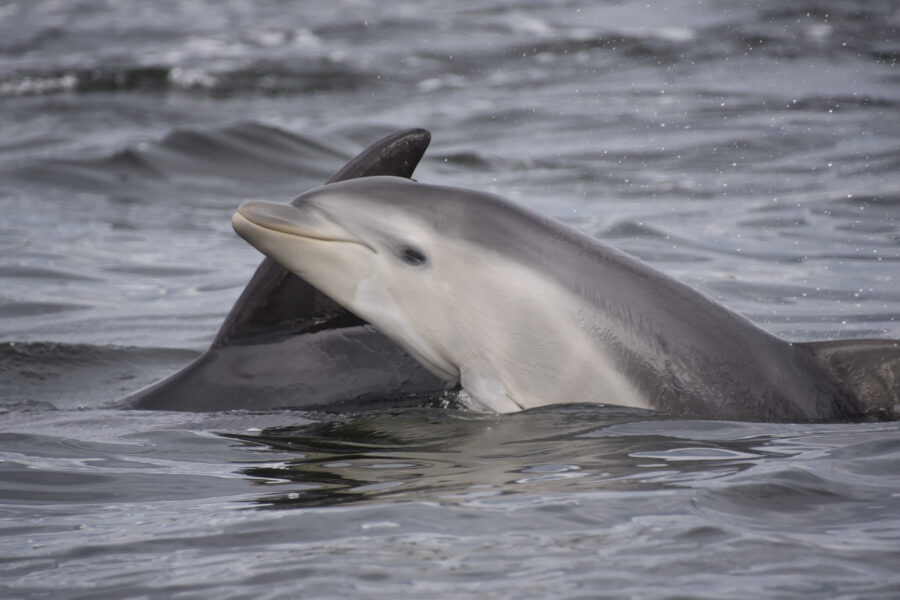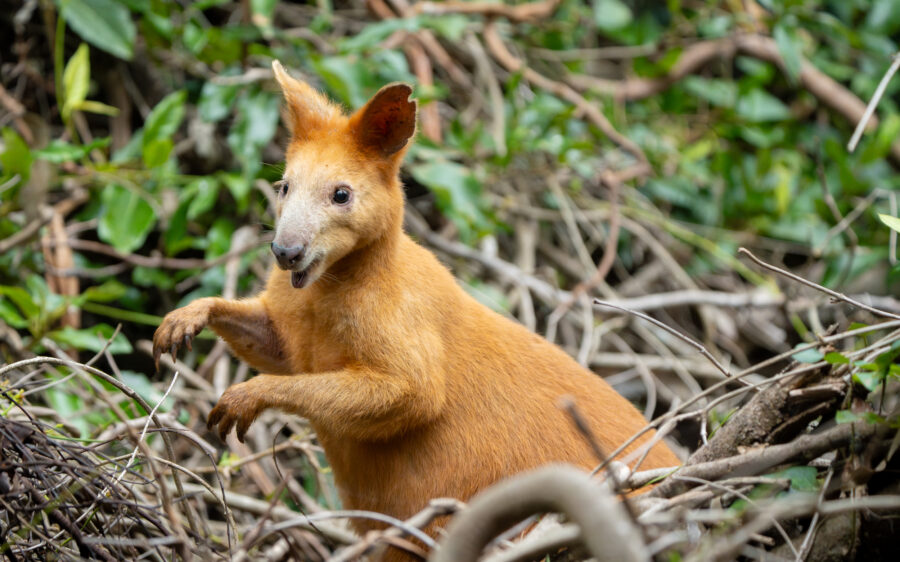Central rock rat back from the brink

THE CENTRAL ROCK RAT, a critically endangered Australian mammal thought to be confined to one area, has been rediscovered on the Haasts Bluff Aboriginal Land Trust, west of Alice Springs.
The species was thought extinct until 2002, when it was found in the West MacDonnell National Park in the Northern Territory. The recent discovery marks the first known population outside of the national park.
“The species is now persisting by living in high up, rugged mountainous areas,” says Richard Brittingham, regional land management officer with the Central Land Council, who called the find “fabulous”.
Critically endangered mammal discovered
The discovery was made during a project in which the scats of feral cats in central Australia were collected and analysed. A collaboration between the Central Land Council and the Department of Land and Resource Management Flora and Fauna Division, the project identified the hair and jaw bones of central rock rats (Zyzomys pedunculatus) within the cat faeces.
Remote sensor cameras were then left in the surrounding area for three months – enough time to capture the elusive central rock rat on film.
Dr Mathew Crowther, a senior lecturer in wildlife management at the University of Sydney, says the species is one of five Australian rock rat species, and can be identified by its furry tail and relatively longer ears.
“They’re not well known because central rock rats are very small, weighing between 70 and 150g, and live in remote areas,” Mathew told Australian Geographic.
Protection needed for native Australian rat
Although population decline of the species is generally attributed to feral cats and foxes, Mathew adds that “the 2002 wildfire in the West MacDonnell region may also have played a role in reducing rock rat numbers.”
Richard says the discovery highlights the efforts of indigenous rangers to conserve endangered species by managing key threats such as feral cats and wildfires. “Indigenous communities have seen much extinction of animals over the last 100 years so it’s culturally important for them to protect species,” he says.
Given the remoteness of central Australia, Richard says there are limited resources available to manage central rock rat populations. However, he hopes this discovery will highlight the need for recovery projects for critically endangered animals.
RELATED STORIES
Explosion of native rats in NT excites scientists
Northern Australian mammals face extinction
Back from the dead: Gilbert’s potoroo
Northern hairy-nosed wombat births a boon
Baby quolls a boost for breeding program
Worm-slurping rat discovered
Tiny new kangaroo: “spectacular find”
The good fight
Cloning brings extinct frog back from dead
Dead as a dodo: the extinction connection




